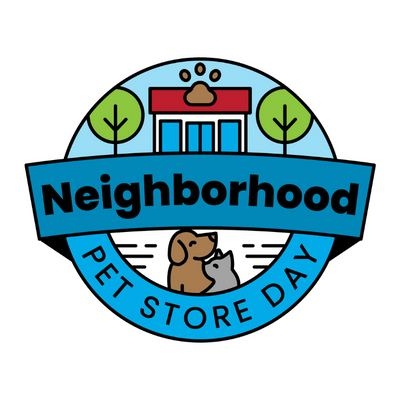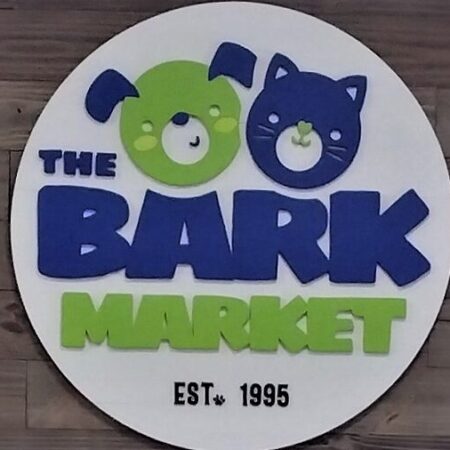 We at The Bark Market feel that one of the most important and critical things you can do to ensure a long healthy life for your pet is to feed an appropriate diet. Knowing what appropriate is can be daunting. This page is designed to help sort through the flashy marketing and confusing information currently dominating the pet food industry.
We at The Bark Market feel that one of the most important and critical things you can do to ensure a long healthy life for your pet is to feed an appropriate diet. Knowing what appropriate is can be daunting. This page is designed to help sort through the flashy marketing and confusing information currently dominating the pet food industry.
click to read – The Things You NEVER Want to See on Your Dog Food Label …
Dogs and cats need calories that are appropriate for their species. Dogs are omnivores that can and will eat a variety of muscle and organ meats, fruits, and vegetables. Cats are more strictly carnivorous meaning meat is the primary basis of their diet. These facts are derived from the thorough study of the canine and feline in the wild. Your pets’ nutritional needs have not changed from those of their wild ancestors. The physical traits they now possess are a direct and planned result of centuries of selective breeding. This selective breeding influenced physical characteristics to change. It is why a Cocker Spaniel looks the way it does. It did not change their nutritional needs. Neither canines nor felines have a carbohydrate requirement as humans do. This means that all of the cereals and fillers used in commercial foods are inappropriate. They are used because they are cheap and plentiful.
Knowing these simple facts about dogs and cats and what they should eat, the question is: Are we the feeding appropriate diets to our pets? Is the bag in the pantry even close to what our pets should have and would choose if left to their own devices? Unfortunately the answer in many cases is a very loud “NO”. Does it matter what we feed our pets? Absolutely!! It’s as important as it is for us humans to consume proper calories.
The reason we know that many dogs and cats are not being properly fed is obvious. The majority of commercially available pet foods are inappropriate and of poor quality. How do we know? It’s in black and white on the label of every bag! It’s all there. Corn, wheat, Soy, rendered animal products, dyes, fillers, and preservative chemicals. It is hard to even call some of these products “food”. The annual dollar sales of these products alone make it easy to draw the conclusion that millions of pets are being fed these foods. The more sinister evidence of the feeding of these diets is the effect they have on the animal’s health. Years of consuming these poor diets wreak havoc on the body. Chronic ear infections, obesity, skin and coat problems, and food sensitivities are just a few side affects.
Few make the connection between the diet and the malady because the same diet has been fed for years. The most common notion is that diet changes are the culprit when in reality it is the lack of change that causes the problem. If we have fed the same diet the entire dogs’ life, how can it be the reason for the chronic ear infections? Because the fact of the matter is, the effects of feeding; the same diet, a poor quality diet and an inappropriate diet, is a recipe for too many disease processes to mention. It is a cumulative effect much like rust on a car. It is happening, but we don’t see it until it breaks through the surface often times months or years later.
 How can we make informed decisions about what to feed our pets? Educate yourself on what a canine or feline should eat. This does not mean reading the literature published by dog food companies!! It is obviously going to be self serving. Also, it is critical that you read the ingredient label. The front of the bag is designed to entice. It is the back of the bag that has the facts.
How can we make informed decisions about what to feed our pets? Educate yourself on what a canine or feline should eat. This does not mean reading the literature published by dog food companies!! It is obviously going to be self serving. Also, it is critical that you read the ingredient label. The front of the bag is designed to entice. It is the back of the bag that has the facts.
Too many pet owners don’t even know the name of the food they are feeding, let alone the ingredients. You can’t make an informed decision without looking carefully at the bag. This is the single most important thing you can do. Knowing what to look for on the label is the next step.
A few guidelines:
- Focus on the first 4-6 ingredients. These are the items that occur in the greatest volume in the bag. Out of the first 1-3 ingredients it is important that the meat source occur. If it is below that, you have a bag of cereal.
- The meat should be identified as “chicken, beef, lamb” etc. Avoid anything ‘rendered”. This is meat from any number of animals that has been picked up as road kill, euthanized shelter animals, downed farm animals, and from slaughter houses.
- If 3 or 4 grains are listed (corn, wheat, soy, wheat middlings, grits) this is not a desirable diet.
- Also avoid preservatives, dyes, and sugars. They are unnecessary and harmful.
For help in deciding what to feed or how to decipher a label, feel free to email us. We will gladly answer any questions you may have. More nutrition information will be added to this page regularly.




